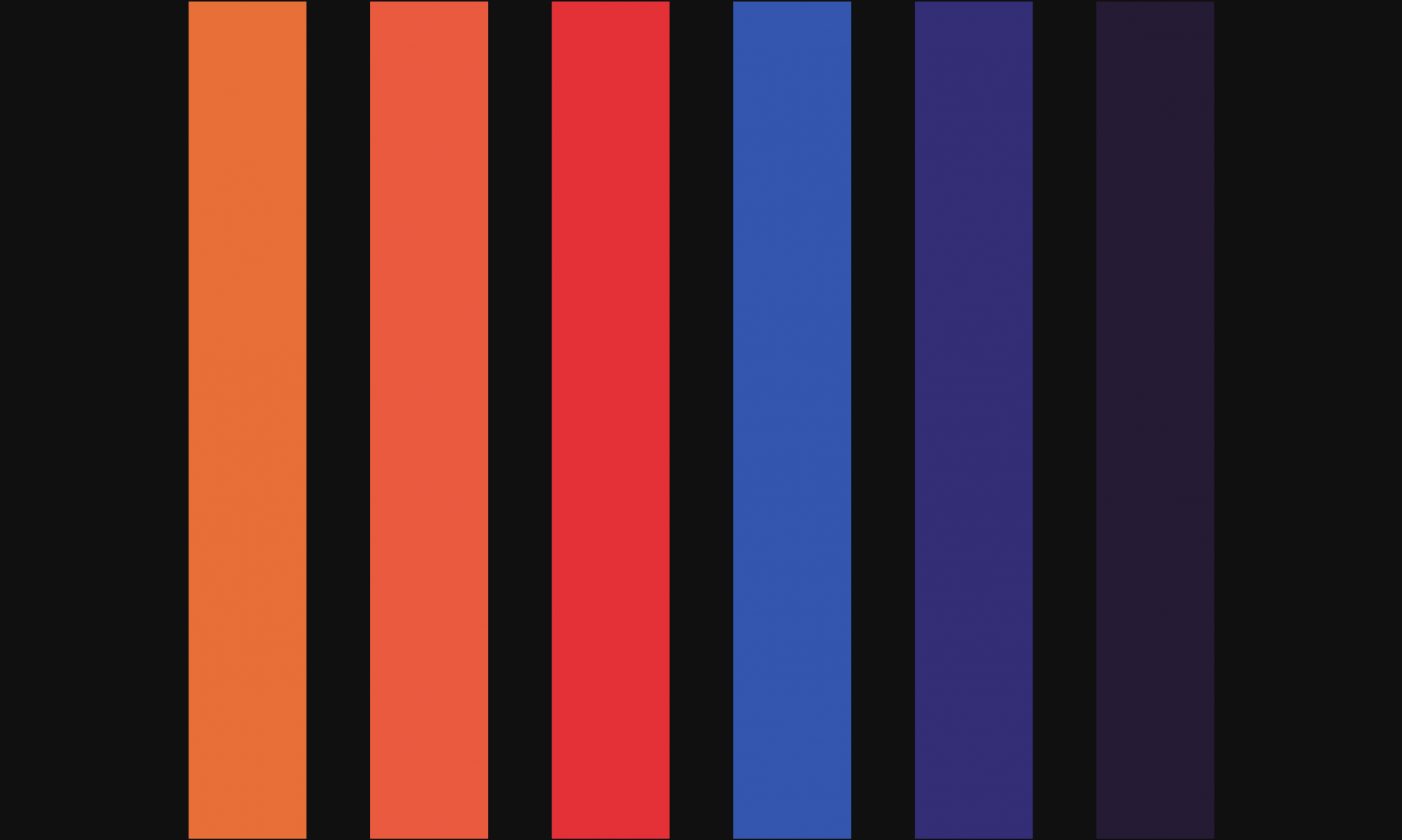Futuring the community
The first activity in Phase 2 – Design Futures was planned as a design and foresight workshop in a Covid-19-secure venue in Hackney Wick in December 2020.
The workshop Futuring the creative community in and around HWFI would bring together a group of different actors from the area to explore and develop visions of what could help sustain and build a vibrant and robust community into 2021 and beyond.
From this activity, a series of future scenarios were expected to be developed to help guide the conversation around potential policy interventions. Unfortunately, this activity had to be postponed due to new restrictions in the face of London moving into Tier 3.
Why design and foresight?
As a discipline, foresight is based on established principles and methodology that employ future analysis to address complex issues and to provide strategic options for decision making in business, policy, and public sector. Knowledge gained through foresight enables the evaluation of different possibilities, assessing diverse courses of action to invest in possible futures and developing informed strategies towards shared objectives. It allows the identification of the relevant forces influencing future developments, and how they interact to shape the future of a given system. In the face of increasing uncertainty, foresight can be used to augment an organisation’s resilience and readiness.
Likewise, by utilising a range of tools such as personas, storytelling, and prototyping, design plays a significant role in imaging, understanding, and visualising futures. Design provides a creative and experimental space to explore and assess potential solutions by bringing people’s experiences to the forefront as they interact with systems. Currently, several design-based approaches are increasingly being deployed within policy-making and government services resulting from growing recognition of their capacity to aid understanding and addressing complex societal issues.
From Phase 1, the concept of space systematically emerged as a preoccupation to the interviewees. This broad concept would be the guiding theme during the workshop. The workshops’ participant would then engage in answering the question:
What does the future hold for ‘spaces’ in HWFI, and how can we shape and develop these so that the creative communities in the area thrive?
The session would use a design futures canvas developed to organise the different stages in order to:
- Define a focus (in this case, a specific understanding of ‘space’);
- Analise the conditions that evolved in the current situation;
- Examine the systemic implications of the present;
- Imagine the community in the next 25 years; and
- Hypothesise on the events, resources, and infrastructures required to achieve that future vision.


